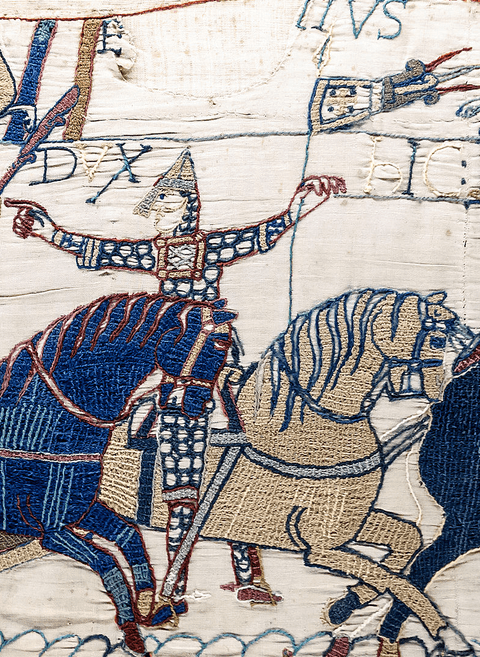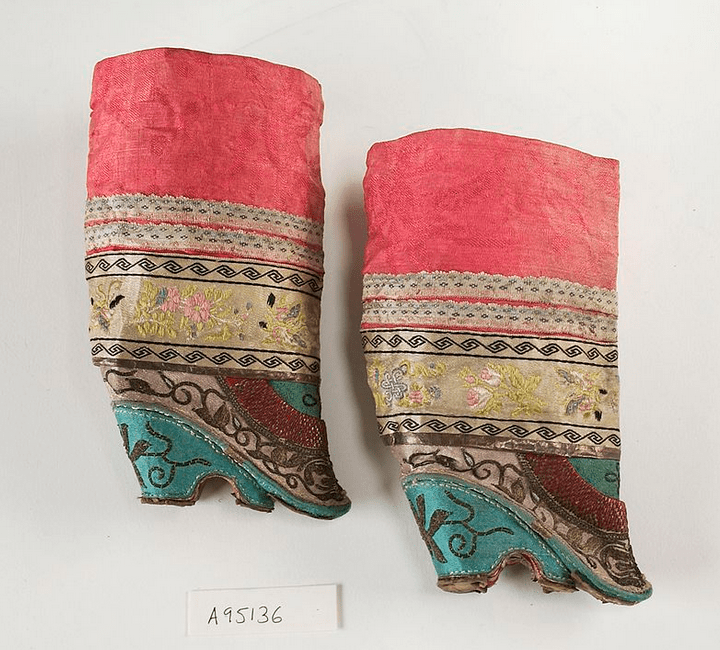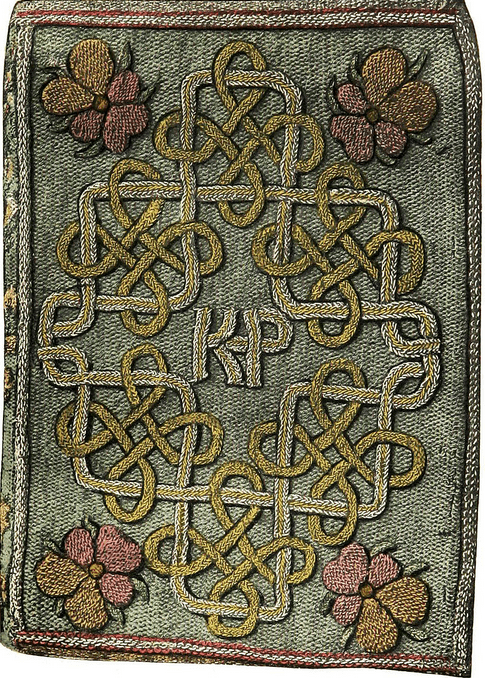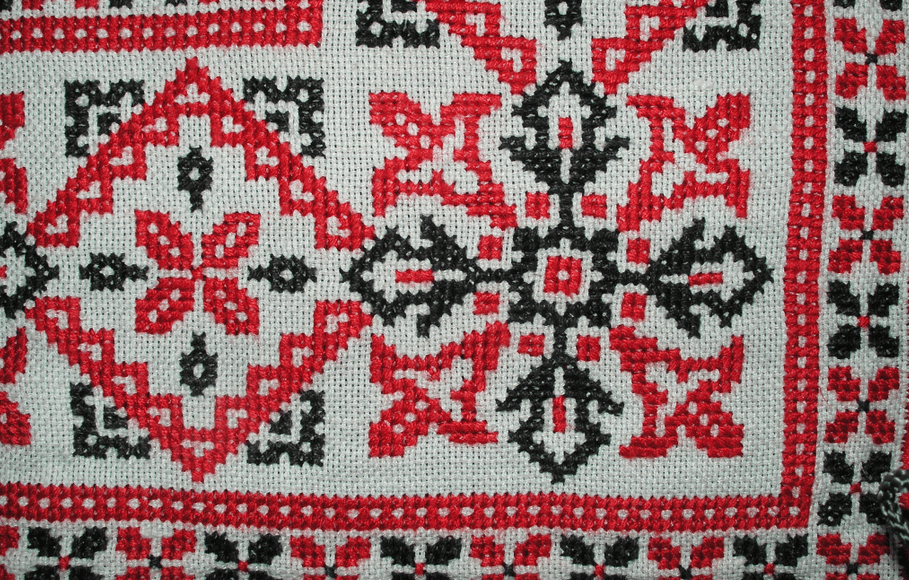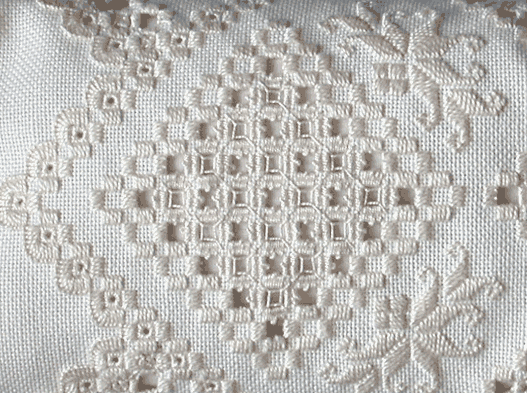Embroidery is the art of decorating fabric using needles to apply yarn or thread. It is one of the oldest cloth decorating techniques in the world with a centuries-old worth of history. It also involves the use of beads, pearls, and sequins on coats, blankets, shawls, caps, and hats, etc.
Today, there is an overwhelming variety of embroidery designs, types, and colors available making it a popular choice for aspiring artisans and experienced crafters. So, let’s dig a bit deeper and try to discover how embroidery has evolved through the years.
History
The history of the embroidery and embroidery business dates back to the time when people used to patch, tailor, mend and reinforce cloth using different sewing techniques. With time, these sewing techniques got better along with the decorative possibilities. As a result, this gave birth to the art of embroidery, which is still relevant and followed in many countries.
Infact, it has also become a part of the tradition in some countries as well. Perhaps the most surprising fact about embroidery designs is that they were not limited to two or three countries only. Those who were aware of the technique utilized it at their full potential to come up with the best embroidery designs the world had ever seen.
China has a huge role to play in the embroidery world as works dating to the Waring States Period have been found. Then, a garment from the Migration period in Sweden, roughly 300-700 AD, was found several years ago. Even though stem stitch, back stitch, Whipstitch, and several other popular embroidery techniques were used, it cannot be said for sure whether decorative embroidery was the main purpose.
Historical Applications & Techniques
Embroidery is a time-consuming art. Those who practice embroidery should have enough time, appropriate materials available along with the right location. However, not everyone has the time for it or can afford the materials. This is why the art of embroidery is left in the hands of a very few.
As embroidery pieces are hand stitched, they tend to be unique and exquisite. As a result, these pieces were often seen as a mark of status and wealth, especially when it came to embroidered religious objects, clothes, and household items. In the 18th century, it was the daughters of wealthy families that practiced embroidery.
This marked the girl’s path to womanhood and helped determine their social standing and conveying rank. At the same time, embroidery was also available to non-professionals since it was also considered a Folk art. Examples include Merezhka from Ukraine, Nakshi Kantha from Bangladesh and West Bengal, and Brazilian embroidery.
While embroidery was often looked upon as a hobby or pastime activity specifically for women, it has been often used as a form of biography. Women who were not successful at studies or could not study due to several reasons, learned embroidery to help document their lives. This has allowed historians to discover and read the histories of marginalized groups that otherwise went unstudied throughout history.
The Islamic World
Both embroidery and embroidery dresses were an important part of the Medieval Islamic world. A Turkish traveler belonging to the 17th century once described it as the “craft of the two hands”. The art soon became quite popular as it marked a high social status in Muslim societies.
Cities like Cairo, Damascus, and Istanbul were known for embroidered flags, uniforms, handkerchiefs, tunics, robes and shoes etc.
Craftsmen would use silver and gold thread to produce embroidered items. At the same time, embroidery cottage industries were also introduced employing somewhere around 800 people to supply these items. Additionally, the Mughal Emperor Akbar was also known to wear masterpieces featuring Ari, Saadi, and Nakshi in addition to Ottoman, Irani, and Mongolian articles.
For years, cities and towns like Agra, Lahore, Ahmedabad, and Fatehpur have been producing embroidered pieces that continue to astonish and attract experienced travelers.
Classification
Embroidery is classified based on the design, base material and the relationship of the stitch placement to the fabric. The most popular categories tend to be counted embroidery, surface embroidery and needlepoint or canvas work.
When it comes to surface embroidery, the designs are applied without considering the underlying fabric’s weave. The Japanese and traditional Chinese embroidery is the perfect example in this case.
Counted-thread embroidery patterns are made by making stitches in the foundation fabric that already features a predetermined number of threads.
Furthermore, it easily works on an even-weave fabric such as Aida cloth, canvas, or especially linen fabrics and woven cotton. Finally, in the case of canvas work or needlepoint, a fabric mesh is used through which the threads are stitched to create a design pattern that covers the foundation fabric completely.
Moreover, embroidery is also classified based on the similarity of appearance. For instance, in the case of cutwork and drawn thread work, the foundation fabric is either deformed or cut away to create holes that are then filled with embroidery. This is done in the same color as the foundation fabric. If a white thread is used on white cotton or linen, the work is referred to as whitework. However, whitework can either be free or counted.
Materials
A needle is the main component of embroidery. It comes in different shapes and sizes. Although Wool, linen, and silk have traditionally been used for thousands of years, the choice of fabrics and yarns vary from place to place. Today, embroidery thread is manufactured in rayon, cotton, and novelty yarns in addition to linen, wool, and silk.
Moreover, embroidery techniques such as couching or chain stitch happen to be the most economical of expensive yarns. Typically, couching is used for goldwork. Canvas work techniques on the other hand utilize an embroidery frame or hoop to stretch the material and ensure even stitching, preventing distortion.
If you were to observe modern canvas work, you will see symmetrical counted stitching patterns featuring the repetition of one or more similar stitches to create designs in a variety of hues.
Machine Embroidery
The Industrial Revolution gave birth to machine embroidery. Josue Heilmann invented the first hand embroidery machine in France in 1832. Then, the schiffli embroidery machine marked the next evolutionary step. The latter half of the 19th century flourished due to machine-made embroideries in St. Gallen in eastern Switzerland.
At the time, both Plauen, Germany, and Switzerland played an important role in embroidery and embroidery machine development. The Schiffli machines continued to evolve and are used even today to produce industrial-scale embroidery.
Contemporary embroidery includes embroidery machines that are operated through embroidery software. These machines draw specific designs and add texture based on the instructions provided. A common example is the monograms and logos on gifts, jackets, and business shirts.
Instead of using cotton thread, machine embroidery is usually done with rayon thread even though polyester thread is also used. Machine embroidery has entered industrial-scale production and allows brands and companies to produce thousands of pieces to meet the ever-growing demand around the world.
Final Word
The embroidery world has undergone a huge evolutionary process since the introduction of the art. Despite machine embroidery being the most popular, embroidery by hand is also making a comeback. Artists and craftsmen around the world demonstrate unique skills to produce some of the finest and most expensive embroidered pieces. This ensures that the popularity and demand for embroidered items is only destined to rise in the future.

